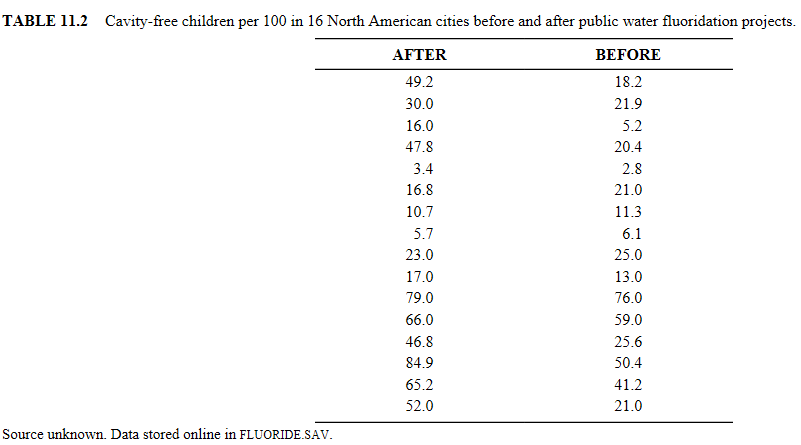Question
1. Newborn weight. A study takes a SRS from a population of full-term infants. The standard deviation of birth weights in this population is 2
1.Newborn weight. A study takes a SRS from a population of full-term infants. The standard deviation of birth weights in this population is 2 pounds. Calculate 95% confidence intervals for for samples in which:
a)n = 81 and mean = 7.0 pounds
b)n = 9 and mean = 7.0 pounds
c)Which sample provides the most precise estimate of the mean birth weight?
d)Interpret the CI you computed in part a).
2.P-value and confidence interval. A two-sided test of H0: = 0 yields a P-value of 0.03. Will the corresponding 95% confidence interval for include 0 in its midst? Will the 99% confidence interval for include 0? Explain your reasoning in each instance.
3.Menstrual cycle length. Menstrual cycle lengths (days) in an SRS of nine women are as follows: {31, 28, 26, 24, 29, 33, 25, 26, 28}. Use this data to test whether mean menstrual cycle length differs significantly from a lunar month using a one sample t-test. (A lunar month is 29.5 days.) Assume that population values vary according to a Normal distribution. Use a two-sided alternative. Show all hypothesis-testing steps.
4.Menstrual cycle length. Problem 3 calculated the mean length of menstrual cycles in an SRS of 9 women. The data revealed days with standard deviation s = 2.906 days.
a)Calculate a 95% confidence interval for the mean menstrual cycle length.
b)Based on the confidence interval you just calculated, is the mean menstrual cycle length significantly different from 28.5 days at = 0.05 (two sided)? Is it significantly different from = 30 days at the same -level? Explain your reasoning. (Section 10.4 in your text considered the relationship between confidence intervals and significance tests. The same rules apply here.)
5.Water fluoridation. A study looked at the number of cavity-free children per 100 in 16 North American cities BEFORE and AFTER public water fluoridation projects. The table below lists the data. You will need to manually type the data into StatCrunch to use that tool to calculate the requested information.
a)Calculate delta values (After - Before) for each city. Then construct a stemplot or boxplot of these differences. Interpret your plot.
b)What percentage of cities showed an improvement in their cavity-free rate?
c)Estimate the mean change with 95% confidence (i.e. compute a 95% CI for the mean difference).

Step by Step Solution
There are 3 Steps involved in it
Step: 1

Get Instant Access to Expert-Tailored Solutions
See step-by-step solutions with expert insights and AI powered tools for academic success
Step: 2

Step: 3

Ace Your Homework with AI
Get the answers you need in no time with our AI-driven, step-by-step assistance
Get Started


